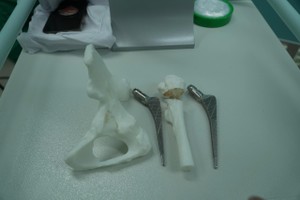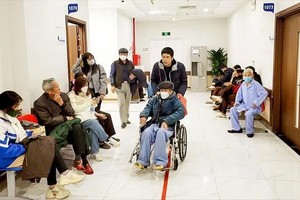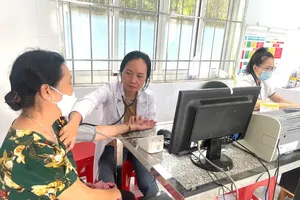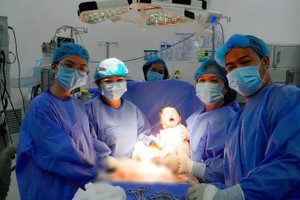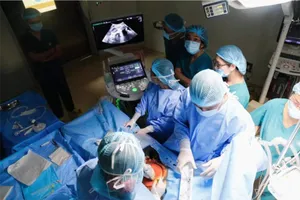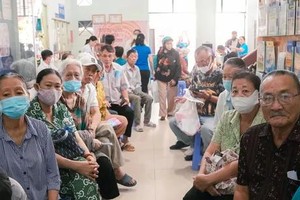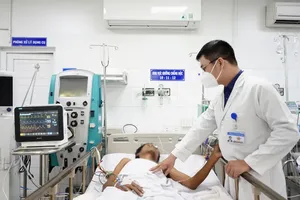
As per the Ministry’s proposal, health insurance agencies will pay for the cost of cancer and diabetes screening for early detection. The Ministry aims to help people reduce their spending on health care. Currently, the rate of medical treatment cost paid by patients is at 43 percent. The Ministry expected to reduce patients’ self-pay for healthcare services to about 23 percent by 2025.
According to the Ministry of Health, to date, more than 93 percent of the country's population participates in health insurance. At the same time, over 18,000 medical technical services including high-cost high-tech services such as cardiovascular intervention, cardiovascular surgery, endoscopic surgery, MRI, CT, and PET-CT have been covered by the health insurance fund.
However, people's spending on health care costs is still high because personal preventive services such as medical examination, risk detection, diagnosis, early treatment, disease progression prevention, chronic disease, rehabilitation, treatment of occupational diseases and occupational accidents at work are not covered by the Health Insurance Fund.
Along with that, many people have little habit of going to infirmaries for regular medical check-ups. Plus, many poor people also don’t go for a health check-up or early diagnosis, but only go to a medical facility when the disease becomes severe. Being able to accurately detect disease and then monitor the effectiveness of a treatment is crucial for effective care. Early detection and treatment can help control a disease's progress, reduce symptoms, and improve the treatment effectiveness.
Otherwise, the disease rate will increase, creating a burden and costly investment for the medical examination and treatment system, not ensuring the principle of preventing diseases remotely and early.
As the Ministry realized the above shortcomings, it has proposed many plans to reduce people's self-pay for medical treatment in the draft revised Health Insurance Law. The Ministry proposed additional health insurance packages and additional funding for medical examinations and treatment from the health insurance fund.
Moreover, it suggested prioritizing the expansion of health insurance payments for screening a number of diseases with high risk and large disease burdens such as cervical cancer, hypertension, diabetes, hepatitis, and breast cancer.

